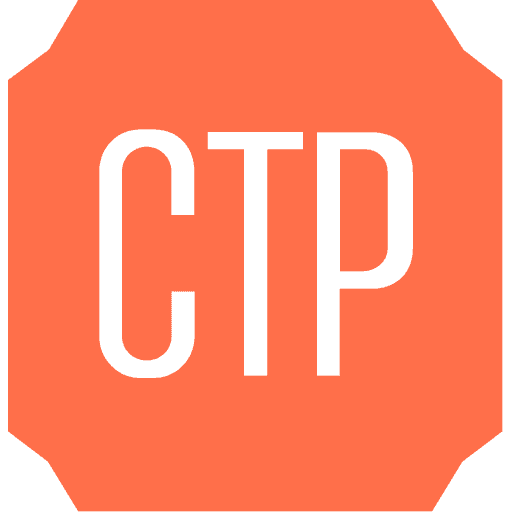You know those life-altering choices you face every day? Harpoon or Sam Adams? Black raspberry or mocha chip?
P&G calls them the First Moment of Truth, when the consumer settles on what to buy. Studies tell us it often happens in the first seven seconds.
But there’s a big step before any of that happens. Google calls it the Zero Moment of Truth. It’s when consumers augment traditional stimulus – things like TV ads and point-of-purchase displays – with digital research. Laptops, tablets and mobile devices spit back dozens of links about a specific product. It’s in this zero hour where brands must answer the bell, ensuring that fresh, compelling, distinguishing content sits at the intersection of the buyer and their chosen platforms.
When consumers turn to Siri, Google, Twitter and Facebook to aid in their decision-making, they’re exploring more than nominal purchases. They’re researching things like cars, consumer electronics, banks, insurance carriers, political candidates and colleges.
My niece Alison is entering her senior year of high school and has visited eight colleges, from Massachusetts to California. No longer relying on just older siblings, guidance counselors and viewbooks, students like Alison turn to a limitless digital library to guide their college choices. They use online tools like Naviance and College Board and social media. They look for a beautiful, interactive website to peek at campus life and course offerings. According to consultant Noel Levitz’s study of prospective students’mobile behavior, more than 50 percent of prospective students use their mobile devices to view a college website. Nearly 50 percent visit a college’s Facebook page more than once.
Consumers are using an average of more than 10 sources of information before they ever swipe that credit card. Those sources include things like ads, newspaper articles, magazine features, reviews and blogs.
To compete in this rapidly changing environment, remember a few simple rules:
- DON’T TALK TO AN EMPTY ROOM. Make sure you understand how your audience behaves and accesses information. They determine the venue; make sure you’re there when they show up.
- YOUR WEBSITE IS YOU. If consumers visit your site as part of their due diligence, make sure it does its job. It should be current, dynamic and mobile.
- SEO IS ONLY PART OF THE BATTLE. We help clients climb in the search rankings. But it’s not enough. You also must seed fresh content beyond your own site.
- PR DOESN’T STAND FOR PRESS RELEASES. Don’t assume a periodic press release will influence your audience. A strategic, dedicated PR program must earn media coverage, influence social media conversations, engage important bloggers and provide intimate moments with your audience.
Once you do that, wake up and do it again. The battle for influencing the ZMOT starts fresh every morning.
